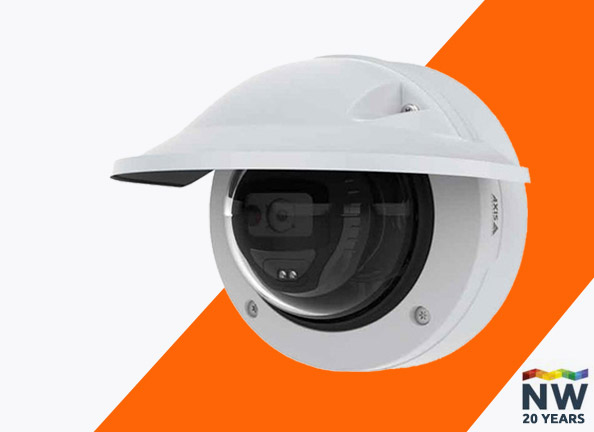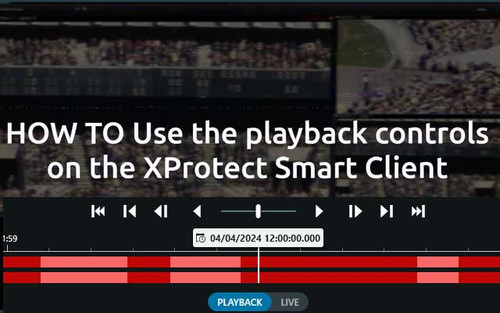Cloud CCTV is a generic term we use for cloud-based platforms that enable video management. There is currently no single, industry-wide adopted word or phrase that is used for cloud-based video management systems. Others may use phrases such as Cloud VMS, Video Surveillance as Service (VSaaS), or cloud security systems.
It is important to recognise that the Cloud CCTV market is a fragmented, fast-growing market, with many offerings that can differ significantly in terms of openness, compatibility, system set up, cybersecurity, system features, costs, and contract terms and conditions. Therefore, it is recommended to act with care and be well-informed when deciding on a cloud CCTV system. Contact us for advice if you need help.
At its core a Cloud CCTV platform takes in the video streams from IP cameras assigned to your cloud account. You can then simply access the live cameras as well as recorded footage by logging into your cloud account and take control from there.
In general, the pros and cons of a Cloud CCTV platform can be summarised as follows:
Pros:
- Very easy to get set up and started
- Very low to no maintenance as all updates are made by the cloud platform provider
- Good cybersecurity (but not always)
- No initial capital expenditure (though not always), but cost spread over time, and pay for what you use
- Easy to scale up and add cameras (to a point, and providing you have the local upload bandwidth capacity required)
- Ability to centralise the CCTV management in multi-site businesses in a neat and simple manner
- Access to additional video analytics capabilities (with some platforms)
Cons:
- Cloud storage can be relatively expensive (but cost-effective cloud set ups are available)
- Limited to a small number of cameras on a site, depending on upload bandwidth capacity available. (Currently in the UK, a typical cloud-based CCTV system would not exceed much more than ten cameras on a site)
- Cloud CCTV platforms are a different paradigm from network video recorders (NVRs) and video management software (VMS) and will require for users to accept a different user experience
Cloud CCTV systems are typically best suited to smaller systems, say up to ten cameras, and can be a particularly good fit for business with multiple small sites who have a need to monitor and maintain CCTV control across the business. This can be achieved via a simple, always available login, for the responsible, authorised managers.
Find out more and see our Cloud CCTV offering.


























